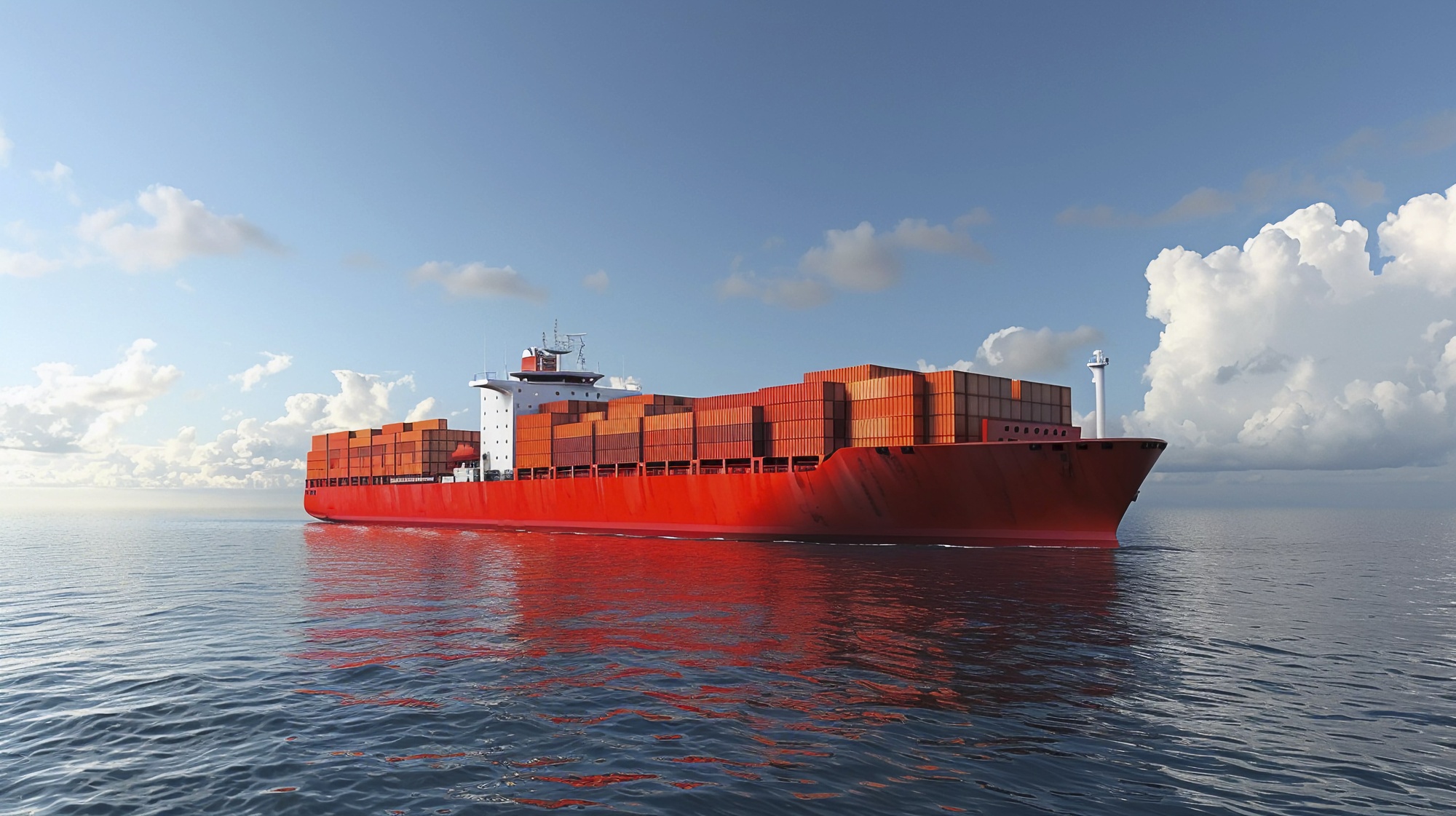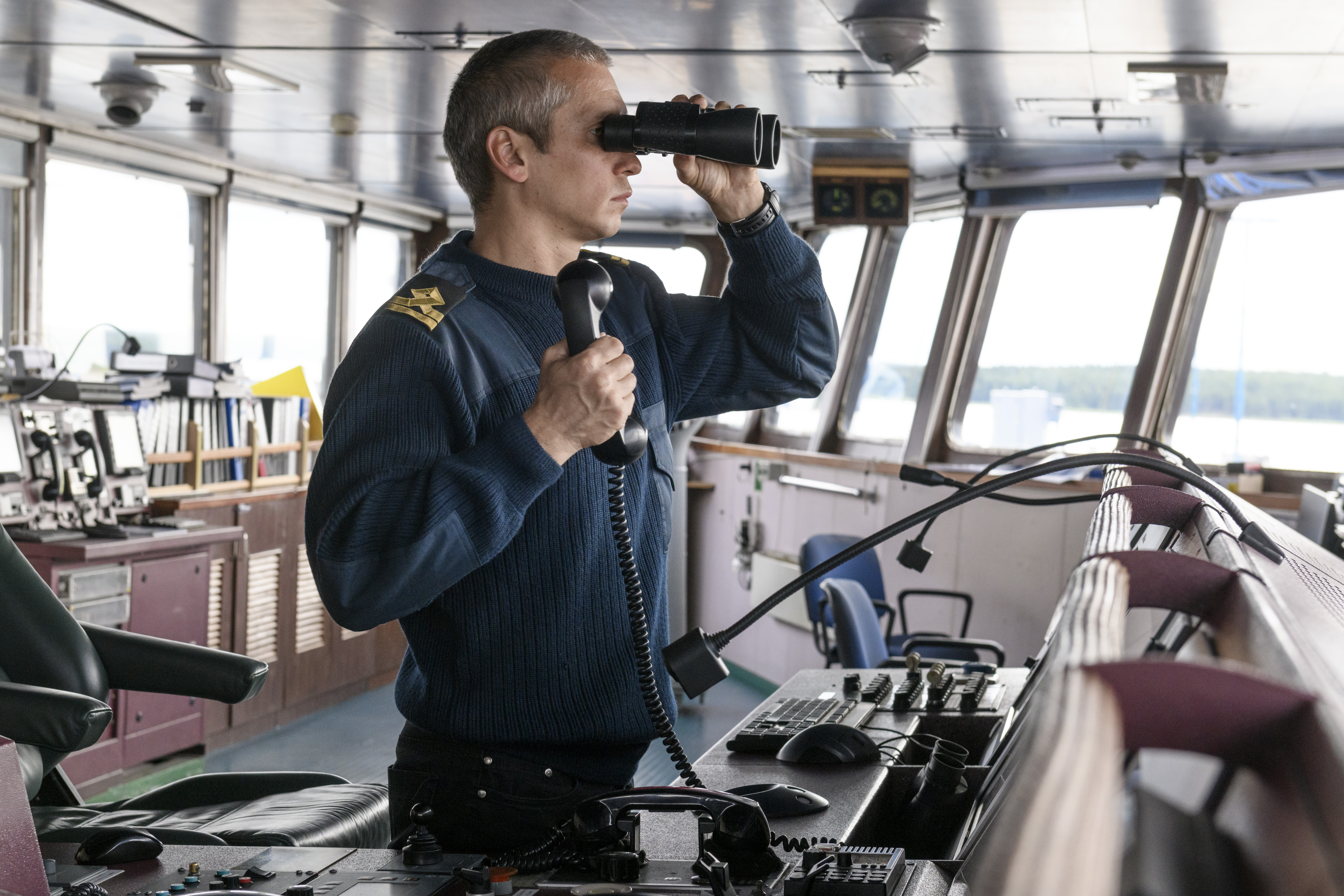The responsibility for accommodation ladders or gangways whether supplied by the ship or shore always remains with the ship. All equipment must be frequently inspected with special attention given prior to arrival at port or pilot station. Do not
lower the ladder beyond its designed maximum operating angle which shall be
distinctively marked on the ladder together with maximum permitted persons and total permitted weight.
The overall presentation of the gangway and access ways must be well ordered and ship shape to ensure visitors gain a good first impression.
Gangways, etc. shall be sound, well secured, fitted with the designed rails and/or ropes and have safety nets rigged underneath. Crewman when working over the side in the rigging process shall wear, at all times, a life jacket and safety harness.
During the hours of darkness adequate illumination must be provided.
A lifebuoy with line must always be available at the head of the gangway.
Special attention must be paid to see that overloading of the gangway does not occur.
Warning notices shall be posted at the gangway, worded as follows:
!!! WARNING !!! NO OPEN LIGHTS NO SMOKING
On vessels with automatic accommodation ladders the upper platform and davit arms are coupled together as one unit. Any attempt to hoist the davit arm to its vertical position when the ladder is in the lower position is to be avoided.
If there is insufficient head room under the davit arm when the ladder is lowered onto a relatively high quay then the ladder must be slewed outboard clear of the davit arm and the power switched off to prevent the loose fall from being accidentally hove tight.
PILOT LADDERS
The pilot ladder and associated equipment shall be maintained in good condition and kept clean. Any noted defects must be rectified prior to use. The requirements for pilot ladders are comprehensively covered in SOLAS 83 (Reg 17). It is important for Masters to acquaint themselves with these rules and ensure the deployed ladder complies with SOLAS.
An Officer shall always check the ladder prior to use and shall be in attendance whenever embarking/disembarking pilots and/or shore personnel.
Man ropes should be rigged and a lifebuoy with self igniting light shall be kept at
hand ready to use. A heaving line shall also be kept ready.
Adequate illumination shall be provided for night use.
Pilot ladders should not be used for any other purpose.
PILOT HOISTS
Only approved pilot hoists shall be used (if in doubt do not use). The equipment must be thoroughly checked prior to use and only deployed in a sound and clean condition.
With the exception of man-ropes the requirements for Officer attendance, lighting, buoys, line are the same as noted for ladders.
An approved pilot ladder shall be kept on deck adjacent to the hoist and ready for immediate use.
Ensure there is safe access from the hoist to deck and vice versa.
CERTIFICATES AND RECORDS
A register of lifting appliances and items of loose gear should be maintained in a form based on the model recommended by the International Labour Organisation (ILO). Vacancies for seamen should be keeping at separated folder of main computer on board of each vessel. Inspections shall be carried out annually and tests together with thorough examinations every four years. All lifting equipment should be certified including the engine room gantry crane.




